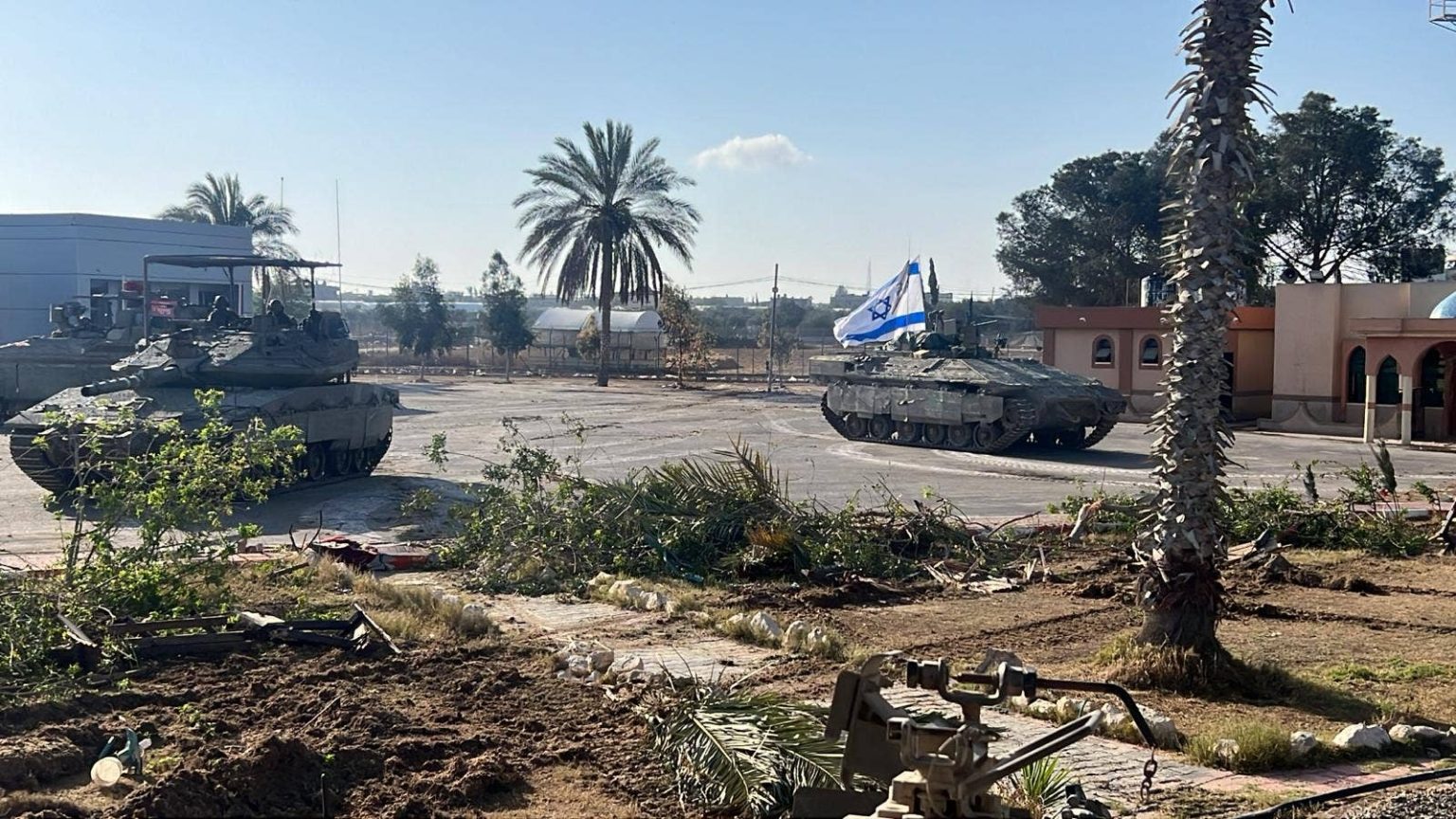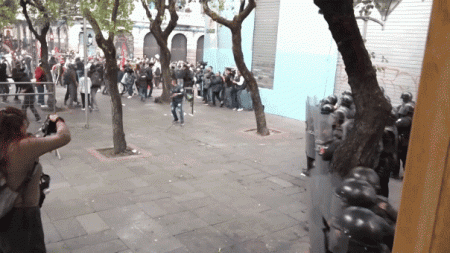The Israel Defense Forces (IDF) have been utilizing artificial intelligence (AI) systems to enhance their military operations, particularly in their post-Oct. 7 conflict against Hamas in Gaza. AI-powered drone swarms, mapping drones, and targeting systems are being used to minimize civilian casualties while seeking out Hamas terrorists hiding among the civilian population or in tunnel systems beneath civilian infrastructure. These AI systems allow for constant surveillance and support for ground troops, as well as mapping of underground tunnels. Companies like Elbit Systems and Ghost Robotics manufacture AI-powered devices like the Iris and Vision-60 drones that contribute to Israel’s military capabilities.
Xtend UAV systems, developed to target Hamas’ incendiary balloons, are also being deployed in Gaza. The Griffon Counter UAV can identify and neutralize rogue drones, an important task given the threat posed by Iranian drones deployed or trained to deploy against Israel. Drone swarms, groups of drones communicating using AI, were used in 30 sorties during Israel’s 2021 war to help identify rocket launch sites used by Hamas. Targeting systems like “Gospel” and “Lavender” play a key role in minimizing civilian casualties by sifting through data collected by various air and ground assets to identify likely targets, which are then approved by human analysts and IDF lawyers.
The Gospel system identifies hard targets like buildings and weapons storage facilities, while Lavender utilizes facial recognition technology to identify Hamas leaders and fighters. These targeting systems allow Israel to be more precise in their operations, avoiding mistakes and minimizing collateral damage. By analyzing data from Gospel and mapping drones, the IDF can navigate complex situations and pinpoint strategic locations to disrupt Hamas tunnel networks without causing harm to civilians. Facial recognition technology is also being used to identify and manage civilian movement to prevent Hamas from exploiting protection measures as human shields.
Utilizing a variety of AI-powered systems has become a normalized part of Israel’s operating process since 2021, allowing them to operate more surgically and efficiently in the battlespace. The use of AI has led to reduced civilian casualties, as evidenced by a recent report from the Associated Press analyzing Gaza Ministry of Health data. The AP found that the proportion of Palestinian women and children being killed in the conflict has declined sharply, a shift that went unnoticed for months by the UN and media outlets. AI has enabled Israel to conduct high-level operations with existing manpower and resources, automating complex processes and streamlining intelligence collection and control infrastructure.
Overall, AI has proven to be a valuable tool for the IDF in their conflict against Hamas, allowing for more precise targeting, reduced civilian casualties, and increased operational efficiency. Companies like Elbit Systems, Ghost Robotics, and Xtend UAV systems play a crucial role in providing AI-powered devices and technologies that enhance Israel’s military capabilities. The careful utilization of AI systems like Gospel and Lavender ensures that military operations are conducted with a focus on minimizing collateral damage and protecting civilian populations. The success of AI in military operations highlights the importance of technological advancements in modern warfare.













